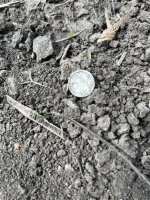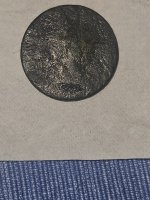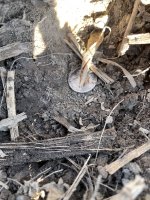Cariboo5
Hero Member
- Oct 27, 2011
- 727
- 1,154
- Primary Interest:
- All Treasure Hunting
Has any one here been successful in prospecting and mining paleogulchs as opposed to the lower paleochannels? In researching I found the following information on paleogulchs.
"Placer deposits in paleogulch settings are different from other paleochannel deposits in that they generally consist of poorly sorted, cobble to boulder-sized fluvial gravels with interbedded debris-flow deposits. The sedimentary characteristics of these deposits vary widely from bed to bed. Paleogulch placers also are generally smaller than other buried valley placer deposits but they often contain significantly higher gold concentrations."
Here most of the paleochannel ground is staked and one is forced to go higher and after reading about paleogulch this may be the direction to go. Any information from your experiences is appreciated... Thanks in advance to all....
"Placer deposits in paleogulch settings are different from other paleochannel deposits in that they generally consist of poorly sorted, cobble to boulder-sized fluvial gravels with interbedded debris-flow deposits. The sedimentary characteristics of these deposits vary widely from bed to bed. Paleogulch placers also are generally smaller than other buried valley placer deposits but they often contain significantly higher gold concentrations."
Here most of the paleochannel ground is staked and one is forced to go higher and after reading about paleogulch this may be the direction to go. Any information from your experiences is appreciated... Thanks in advance to all....
Upvote
0








